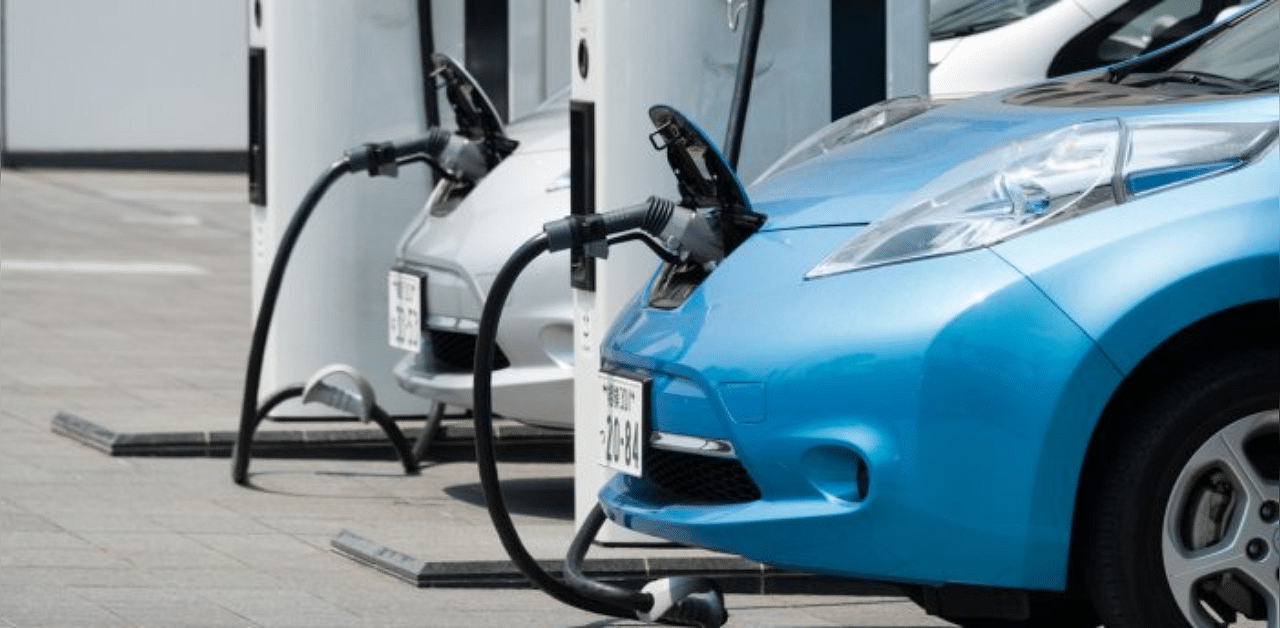
Urbanisation is an important force driving the economic growth of India. Six cities make up 15% of India’s economy. We have two Indian cities in the top ten most congested cities across the world - Mumbai ranks fifth and Bengaluru ranks tenth. Bengaluru has been growing at a significantly faster pace than the other cities over the last three years at double digits. Bengaluru’s population has grown by 70% in the last two decades, while the country’s overall population has grown by about 28%. Transport data company INRIX studied traffic congestion in 200 cities in 38 countries and showed the impact of traffic congestion by looking at how much time and money it wastes. In the US, it found the total cost of lost productivity caused by congestion to be $87 billion. Hence, it is important to enable clean, safe and convenient mobility to sustain India’s economic growth.
The air pollution in New Delhi, the traffic congestion in Bengaluru and the enthusiastic adaption of public transportation (especially the electric trains) by commuters in Mumbai and Chennai are early indicators of the emerging urban mobility scenario in India. A conscious shift to sustainable modes of mobility is a global trend that is rapidly transforming the landscape of the Indian automotive industry. Electric Vehicles (EVs) are expected to play a key role in accelerating India’s transition to sustainable mobility.
The transition to EVs is attractive as they are intrinsically energy efficient. EVs convert over 77% of the electrical energy from the grid to power at wheels while conventional petrol vehicles only convert about 12%–30% of the energy stored in fuel to power at wheels. EVs are environmentally friendly as they emit no tailpipe pollutants.
EVs are attractive from their performance as electric motors provide quiet & smooth operation, stronger acceleration and require less maintenance than internal combustion engines (ICEs). In an EV, instant torque is generated by the electric motor, whereas an ICE takes time to combust gas and turn the crankshaft. In 2020, EV drivers had spent about 60% less on fuel costs and 50% less on maintenance and repair costs as compared to ICE vehicle drivers.
Strategists who plan the transition from ICE to EVs find it quite complex due to the multidimensional nature of electric mobility. Analysing the electric mobility ecosystem in India is similar to the challenge faced by the six blind men who tried to describe an elephant in the Indian parable. Just like the elephant, electric mobility consists of interrelated parts that are significantly more important when put together than when considered separately. The first layer of complexity emerges from the fact that electric mobility is at the convergence of multiple technologies and industries.
EV technology, when combined with connected vehicle and autonomous driving technologies, has tremendous disruptive potential. A new mobility industry is arising at the convergence of the traditional automotive industry, infrastructure industry and power industry. EVs would critically depend on the charging infrastructure and clean electricity to realise their true potential of enabling green and sustainable mobility.
It is important for the Indian automotive industry to have a comprehensive strategy that encompasses the entire electric mobility ecosystem. There are many business innovations and growth opportunities that exist across the ecosystem and India can aspire for a global leadership position if we get our strategy right. A self-reliant India should plan to build an agile and resilient ecosystem spanning across (a) critical subsystem components like batteries, motors, controllers and electronics and (b) supersystem resources that includes responsible mining and processing of critical materials, recycling and repurposing of EV components, generation of clean electricity from renewable energy sources etc.
The Union government has been playing a key role in catalysing the transition to EVs. The Faster Adoption and Manufacturing of Electric Vehicles (FAME) scheme was launched, under the National Electric Mobility Mission, to encourage electric and hybrid vehicle purchases by providing financial support. The first phase of the FAME scheme was implemented with four focus areas namely (i) Demand Creation, (ii) Technology Platform, (iii) Pilot Project and (iv) Charging Infrastructure.
Market creation through demand incentives was aimed at incentivising all vehicle segments. The second phase (FAME II) is a three-year subsidy programme that aims at supporting the electrification of public and shared transportation: around 7,000 electric and hybrid buses, five lakh electric three-wheelers, 55,000 electric four-wheeler passenger cars and 10 lakh electric two-wheelers.
The centre has sanctioned Rs 8,596 crore for incentives, of which Rs 1,000 crore has been earmarked for setting up charging stations for electric vehicles in India. The government will offer incentives for electric buses, three-wheelers and four-wheelers to be used for commercial purposes. Plug-in hybrid vehicles and those with a sizeable lithium-ion battery and electric motor will also be included in the scheme and fiscal support offered depending on the size of the battery.
The adoption of EVs by Indian customers will be greatly accelerated when their range anxiety is effectively addressed and a hassle-free charging solution is provided through technological innovations. Business model innovations that can ease out the initial cost of investment will further accelerate the adaption.
Automotive companies may adopt the strategy of building affordable EVs for global markets by indigenising the manufacturing of critical (and expensive) components like batteries. They may also collaborate and partner with power and infrastructure providers to offer easy and economical charging solutions to their customers. It is clear that electric mobility is truly multi-dimensional and we need a holistic view to create a winning strategy.
The opinions expressed in this article are the author’s personal views.
(The author is the Vice president of Mahindra & Mahindra)
(This is the first story in the “Reimagining Mobility” series focused on building a holistic ecosystem around the future of mobility)